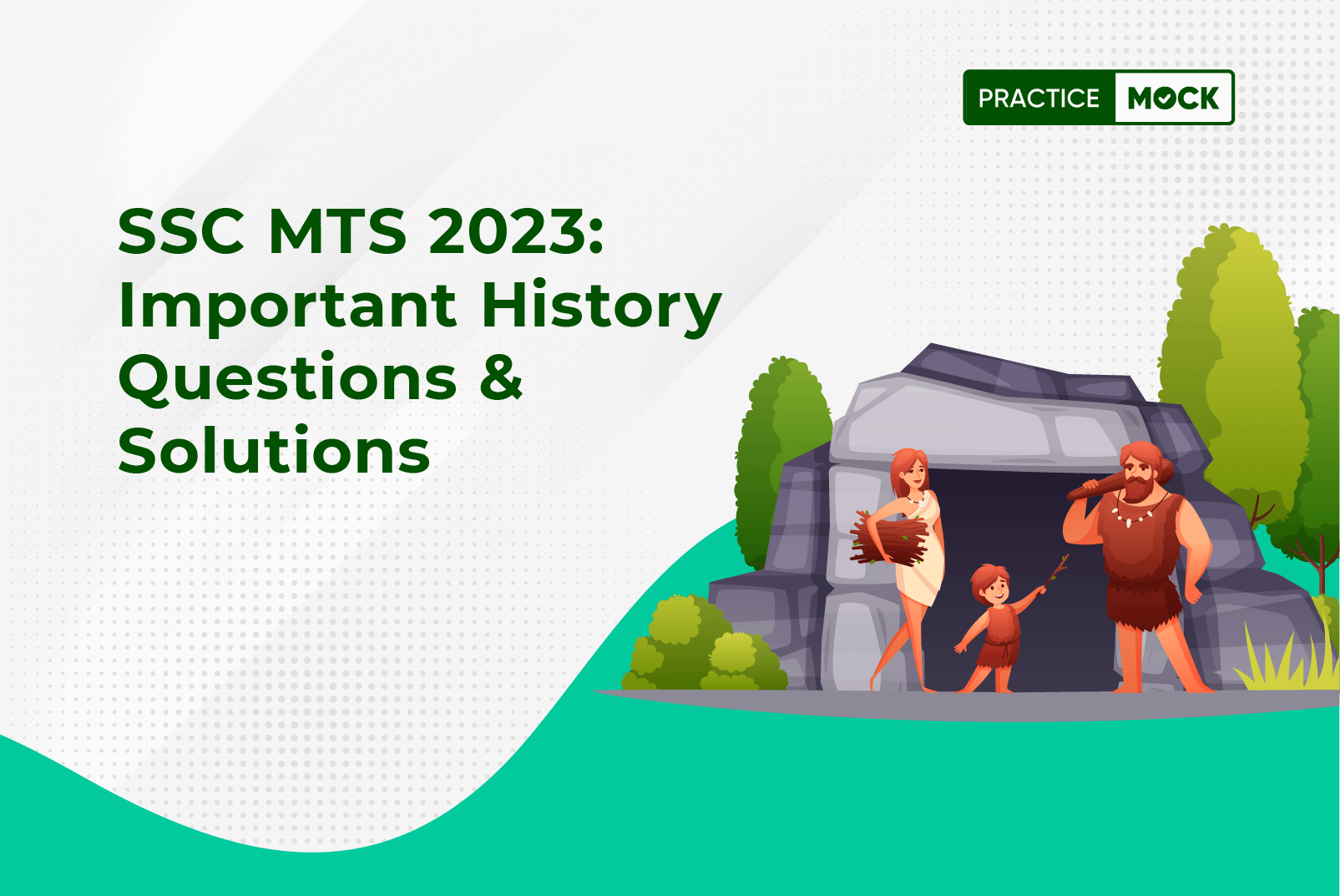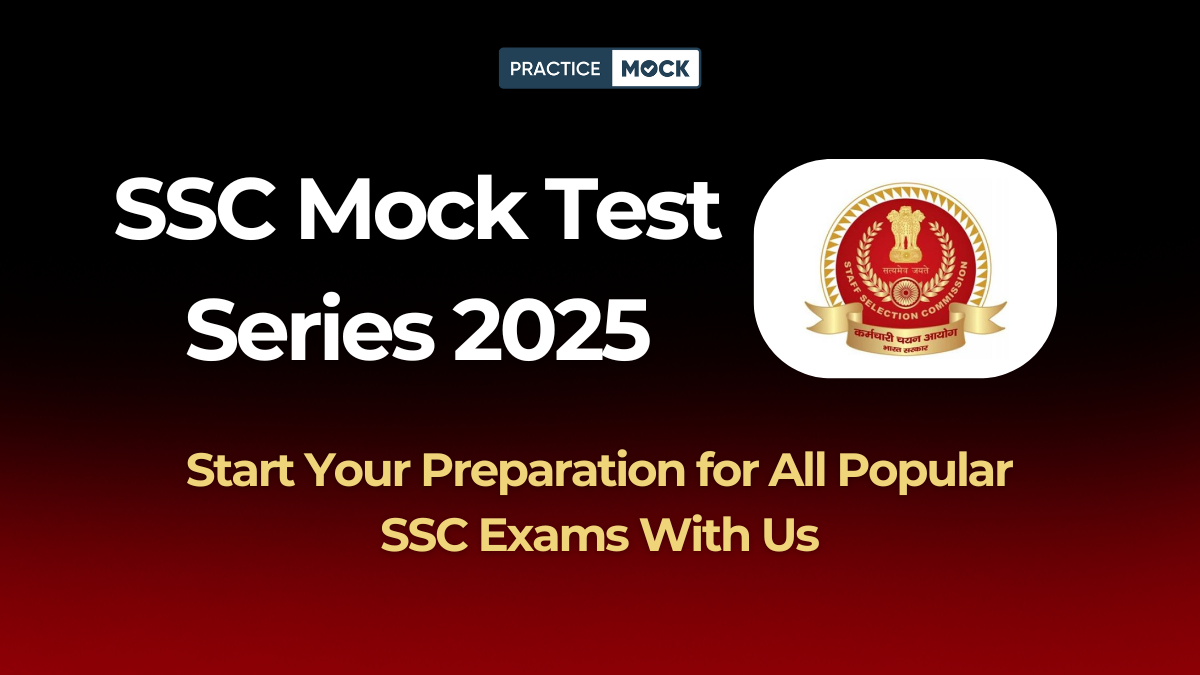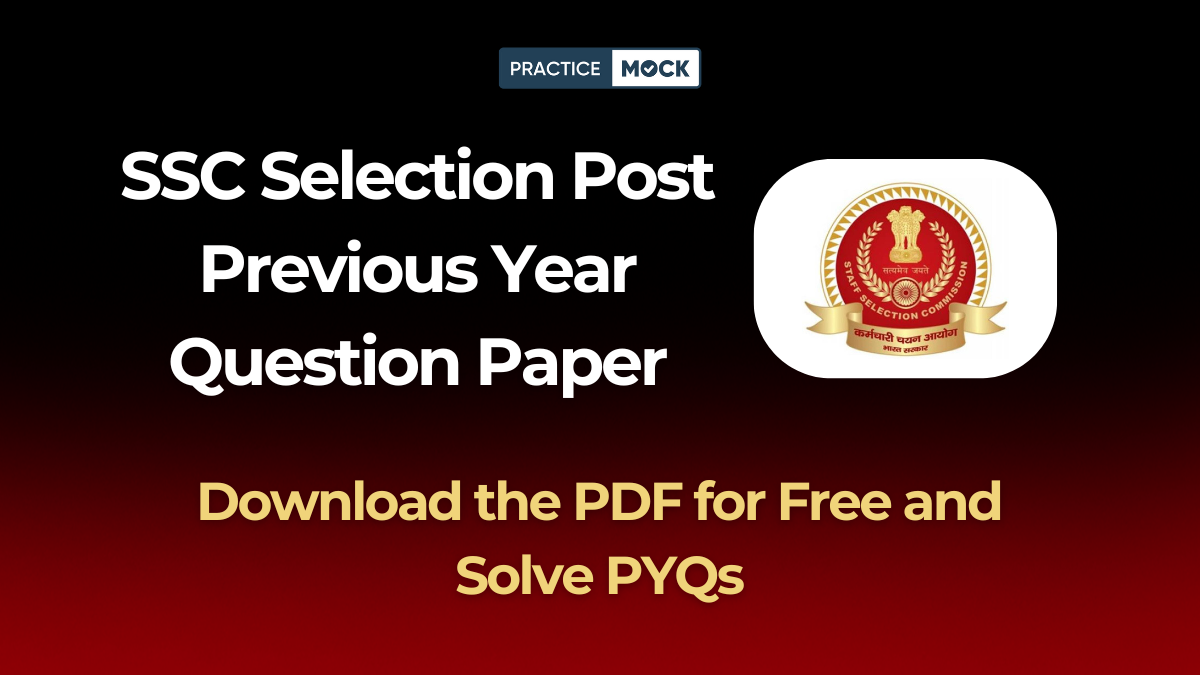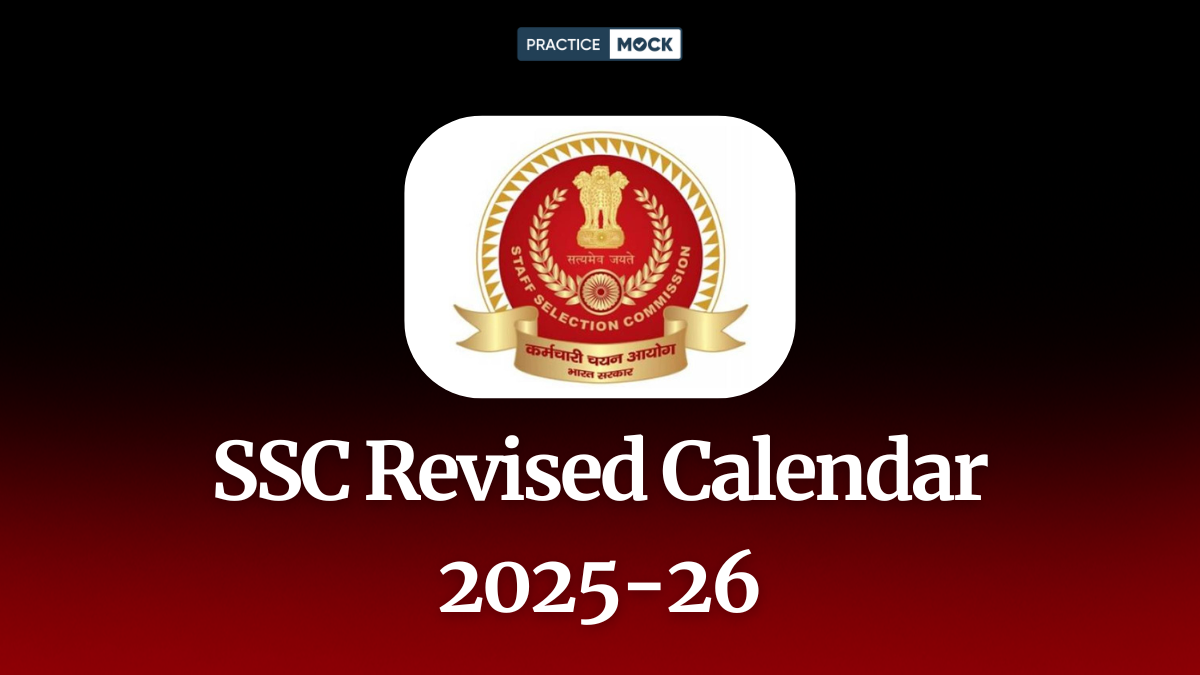

SSC MTS 2023 examination is to be held on May 2nd, 2023 which is 25 days from now. Those who are preparing for the exam must keep practicing as many mock tests as possible. Many aspirants may want to know what kinds of questions may be asked in the exam. For a better understanding of this we are here with a few SSC MTS 2023 Important History Questions & Solutions for the aspirants to prepare better. Firstly, let’s take a look at the SSC MTS exam pattern to have a better understanding of the exam preparation.
SSC MTS 2023 Exam Pattern
| Subject | No. Of Question | Marks | Duration |
| Session-I | |||
| Numerical and Mathematical Ability | 20 | 60 | 45 minutes |
| Reasoning Ability and Problem-Solving | 20 | 60 | |
| Total | 40 | 120 | |
| Session-II | |||
| General Awareness | 25 | 75 | 45 minutes |
| English Language and Comprehension | 25 | 75 | |
| Total | 50 | 150 |
SSC MTS 2023 exam comprises 25 questions from GA and history being an important part of it here we are going to share a list of SSC MTS 2023 Important History Questions & Solutions below.
SSC MTS 2023 Important History Questions & Solutions
1. Which dynasty ruler built the famous monastery at Odantapuri?
a) Pala
b) Chalukya
c) Pratihara
d) Pandyas
Ans.: a
Solution:
According to Buddhist scholar Taranatha, Gopala, the founder of the Pala dynasty of Bengal & Bihar, built the famous Buddhist monastery at Odantapuri in Bihar. It was built around the 8th century.
2. Who was the founder of the Hoysala Dynasty?
a) Nripa Kama II
b) Kadungon
c) Vishnugopa
d) Jayasimha
Ans.: a
Solution:
The Hoysala Empire was founded by King Nripa Kama II, also known as Sala, who ruled from 1026 to 1047 AD. Dvarasamudra (Halebidu) was the capital of Hoysalas. Belur was the first capital of Hoysalas.
· Hoysala Empire ruled for a large part of Karnataka and parts of Andhra Pradesh and Tamil Nadu from 10th to 14th century AD.
· Three of the most famous temples built by the Hoysala kingdom are the Kesava Temple at Somnathpura, Chennakesava temple at Belur, and Hoysaleswara temple at Halebidu.
3. Which of the following is the earliest known inscription of the Rashtrakuta dynasty?
a) 3rd century Ashokan inscriptions
b) 8th-century copper plate grant
c) 5th century Ashokan inscriptions
d) 7th-century copper plate grant
Ans.: d
Solution:
Rashtrakuta dynasty ruled between the 6th and 10th centuries in the major parts of the Indian subcontinent. The earliest known inscription of this dynasty is a 7th-century copper plate that gives the details of the rule of a city in Central or West India named Manapura. Copperplate grant means the historical records that it was inscribed on copper plates.
4. What was the actual name of Amir Khusrau?
a) Abdul Khusro
b) Abdul Hussain
c) Abdul Khan
d) Abdul Hasan
Ans.: d
Solution:
Amir Khusrau:
· He was born in 1252 in a Turkish family at Patiyali in the Etah district of Uttar Pradesh.
· His full name was Abdul Hassan Yaminuddin Khusrau.
· He was a disciple of the famous Sufi Saint Nizamuddin Auliya.
· He was a noted scholar during the period of Delhi Sultanate.
· He decorated the court of seven sultans (Balban, Muhammad, Kakubad, Jalaluddin Khilji, Alauddin Khilji, Mubarak Shah Khilji, and Giyassudin Tughlaq).
· He is also credited with the invention of Sitar and many other musical instruments.
· Khayal and Tarana, two popular forms of Hindustani classical music, are believed to have been discovered by him.
· Some of his important texts are Kirana-ul-Sadain, Mifta-ul-Futuh, Khazayan-ul-Futu, Nuh Sipihar, Tughlaqnama, Ashiqa and Aizaj-i-Khushravi.
5. Aurangzeb reintroduced the Jaziya tax in which year?
a) 1656
b) 1663
c) 1679
d) 1682
Ans.: c
Solution:
The Mughal Emperor Aurangzeb reintroduced the Jaziya tax in 1679. It was a tax levied by the Muslim rulers on Non-Muslim citizens of the territory in return for their protection. It was imposed at the usual rates of 48 dirhams on the rich, 24 on the middle class, and 12 on the poor.
6. Where is Panchalankurichi Fort located?
a) Rampur
b) Nellore
c) Pratapgarh
d) Thoothukudi
Ans.: d
Solution:
The Panchalankurichi Fort was built as a memorial for the famous Tamil warrior Veera Pandiya Kattabomman to commemorate his heroic struggle against the British. It is located in Thoothukudi district of Tamil Nadu. The fort was built in the 18th century by the famous King Veera Pandiya Kattabomman. The fort was completely damaged in the war of 1799. The existing memorial fort was constructed in 1974, by the Government of Tamil Nadu
7. Which of the following monuments is NOT a part of the Qutub Complex in Delhi?
a) Chini ka Rauza
b) Quwwat-ul-Islam Mosque
c) Alia Darwaza
d) Qutub Minar
Ans.: a
Solution:
Chini ka Rauza is not a part of the Qutub Complex in Delhi. It is a funerary monument containing the tomb of Allama Afzal Khan Mullah, a scholar and poet who was the Prime Minister of the Mughal Emperor Shah Jahan. The tomb was built in 1635. While the Qutub complex are monuments and buildings from the Delhi Sultanate at Mehrauli in Delhi.
8. Which of the following was NOT one of the eleven demands that Gandhi presented as a mandate in the Lahore Congress session?
a) Release of political prisoners
b) Accept postal reservation bill
c) Reserve coastal shipping for Indians
d) Grant of Purna Swaraj
Ans.: d
Solution:
Some of the Gandhi’s eleven demands were:
· Reduce expenditure on army and civil services by 50%.
· Introduce total prohibition.
· Release political prisoners
· Accept postal reservation bill
· Reserve coastal shipping for Indians.
9. When did the British Government announce the August offer?
a) In 1935
b) In 1937
c) In 1938
d) In 1940
Ans.: d
Solution:
The British Government announced the August offer on 8 August 1940. The British Government announced this offer to secure the cooperation of the Indians during the course of the Second World War. The August offer was a set of proposals made by viceroy Linlithgow at Shimla, for the first time the rights of Indians to frame their own constitution was acknowledged.
10. The Surat split was held in the Congress session of 1907. Who was the President of Congress session at that time?
a) Bal Gangadhar Tilak
b) Lala Lajpat Rai
c) C. Rajagopalachari
d) G.K. Gokhale
Ans.: d
Solution:
G.K. Gokhale was the President of Congress session at the time when Surat split took place. It was split between moderates and extremist. The extremists wanted the 1907 session to be held in Nagpur with Tilak or Lajpat Rai the president along with a reiteration of the swadeshi, boycott and national education resolution. The moderates wanted the session at Surat in order to exclude Tilak from presidency.
These are few important history questions that can be asked in the upcoming SSC MTS 2023 examination. Keep practicing as many mock tests as possible in order to prepare well. Stay tuned for more SSC MTS exam related updates. Read more blogs SSC MTS 2023 Tier-1 Exam: Best Exam Strategy for Ultimate Success
Recent Posts
Attempt Latest Free SSC CGL Practice Quiz 2025
In this blog, we have provided the direct links to the latest free SSC CGL…
SBI to Hire 18,000 Employees in FY 2026, Biggest Recruitment Drive Soon
Here we are providing detailed information for SBI to Hire 18,000 Employees in FY26. Candidates…
BOB Office Assistant Recruitment 2025 Notification Out for 500 Posts
The Bank of Baroda Office Assistant Recruitment 2025 Notification has been released on their official…
RBI Grade A Syllabus 2025, Check Exam Pattern, Topic-wise Weightage
Explore RBI Grade A 2025 syllabus and exam pattern. Check topic-wise weightage for Prelims, Mains,…
IBPS Clerk Salary 2025, Check Basic Pay Scale, Allowances Roles and Responsibilities
The IBPS Clerk salary 2025 is mentioned in the notification pdf. This article covers basic…
IBPS PO Salary 2025, Check Basic Pay Scale, Salary Slip, Allowances Per Month
IBPS PO Salary 2025 has been released along with detailed notification. Check salary structure, job…



